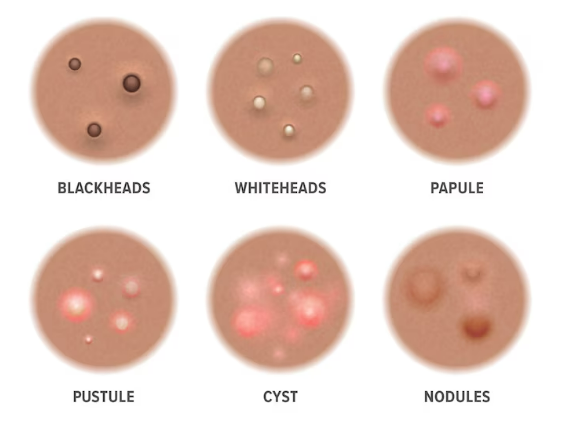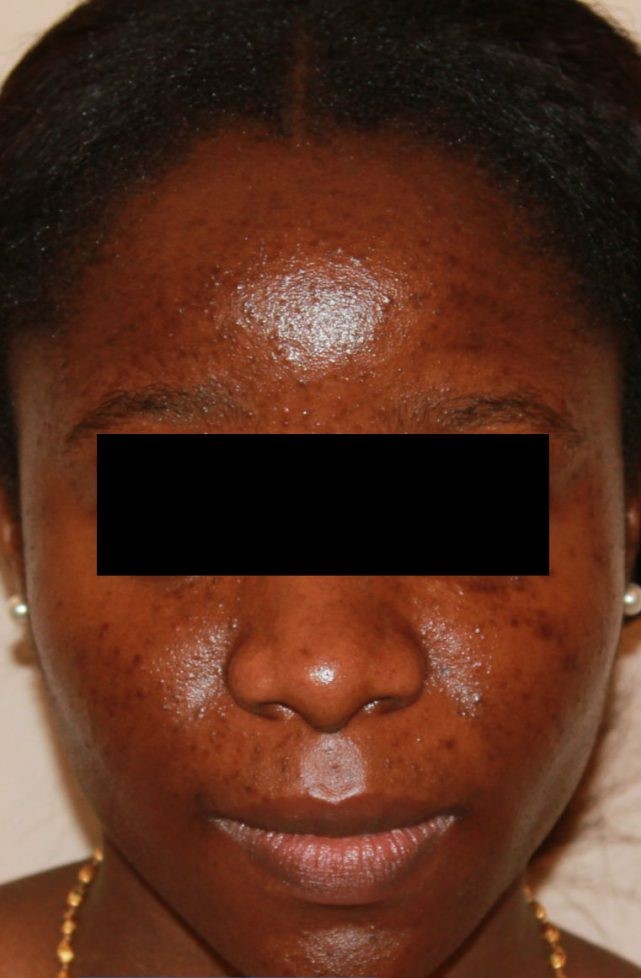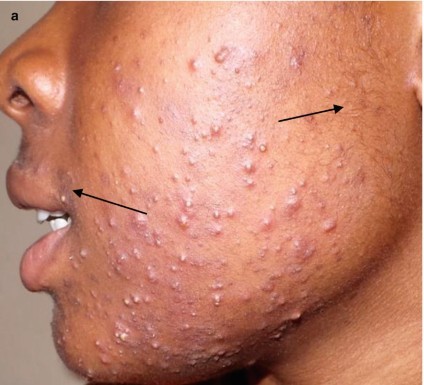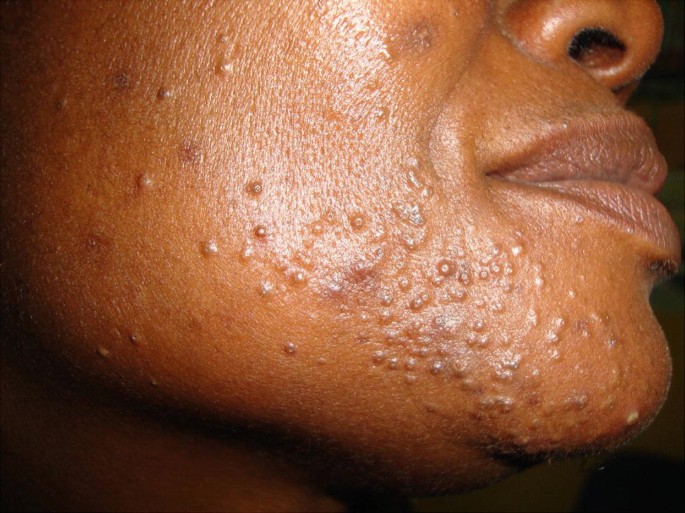In the glamorous world of fashion and beauty, every detail counts. From the elegant drape of a gown to the shine in one’s hair, each element plays its role. But there’s an unsung hero in this ensemble – our skin. When it radiates health and confidence, even the simplest outfit can turn heads.
But what happens when our skin, this canvas of beauty, faces a challenge like comedonal acne? It’s not just a dermatological term; it’s an unexpected bump (literally) on the road to flawless style. Understanding, treating, and preventing comedonal acne is crucial for every woman who wishes to keep her skin as impeccable as her wardrobe.
Let’s embark on this skin care journey together and ensure that nothing stands between you and your fashionable best.

What is comedonal acne?
Comedonal acne is a type of acne characterized by the presence of comedones. A comedone is essentially a clogged hair follicle (or pore) in the skin. There are two main types of comedones:
Open comedones (blackheads): These are follicles that have a wider opening at the surface, leading to the oxidation of the sebum (oil) and dead skin cells inside the pore. This oxidation causes the material to turn black or dark in color, hence the name “blackhead.”
Closed comedones (whiteheads): These are follicles that are closed at the surface, trapping the sebum and dead skin cells. As a result, they appear as small, white or skin-colored bumps on the skin.
Comedonal acne typically occurs when there’s an overproduction of oil and an accumulation of dead skin cells, leading to the blockage of hair follicles. This type of acne doesn’t involve inflammation and is different from inflammatory acne, which includes red, painful pimples that may be filled with pus.
Causes of comedonal acne
Understanding our adversary is the first step in combating it. Comedonal acne primarily pops up due to:
 Excess oil production: Oily skin can trap dead skin cells in the hair follicles, leading to clogged pores.
Excess oil production: Oily skin can trap dead skin cells in the hair follicles, leading to clogged pores.
A comedone is essentially a clogged hair follicle (or pore) in the skin
Hormonal changes: Whether it’s puberty, menstruation, or menopause, hormones can kick oil production into overdrive.
Improper skincare products: Those products that aren’t non-comedogenic? They might be the culprits.
Environmental factors: Humidity, pollution, and even certain diets can contribute to comedonal breakouts.
 Treating comedonal acne
Treating comedonal acne
Getting ahead of these blemishes will have you back to looking your stylish best in no time.
Topical retinoids: Found in many OTC creams and serums, they promote cell turnover and prevent follicles from clogging.
Salicylic acid: An exfoliant that can penetrate the pore and remove dead skin cells.
Benzoyl peroxide: An antimicrobial that targets surface bacteria, preventing it from triggering acne.
Professional extraction: A dermatologist can help extract stubborn comedones without leaving scars or causing infections.
Preventing comedonal acne
Now, prevention is truly better than cure, especially when your skin’s glow is at stake.
Opt for non-comedogenic products: They’re designed not to clog pores.
 Regular exfoliation: This can help clear out dead skin cells and reduce the chances of clogged pores.
Regular exfoliation: This can help clear out dead skin cells and reduce the chances of clogged pores.
Stay hydrated: Drinking water keeps your skin cells fresh and reduces the overproduction of oil.
Dietary changes: Reduce dairy and high-glycemic foods, as they might trigger acne for some.
Regular cleansing: Especially if you wear makeup. Ensure every trace is removed before you hit the sheets.
In the world of style, it isn’t just about the clothes or accessories; your skin plays a part too. A canvas of clear, radiant skin can elevate your style quotient and boost your confidence.
Remember, taking a proactive approach to understanding and treating comedonal acne can make all the difference. After all, you’re not just a fashionista; you’re a warrior ready to face any challenge, even if it’s in the form of tiny skin bumps. Shine on, beautiful!


